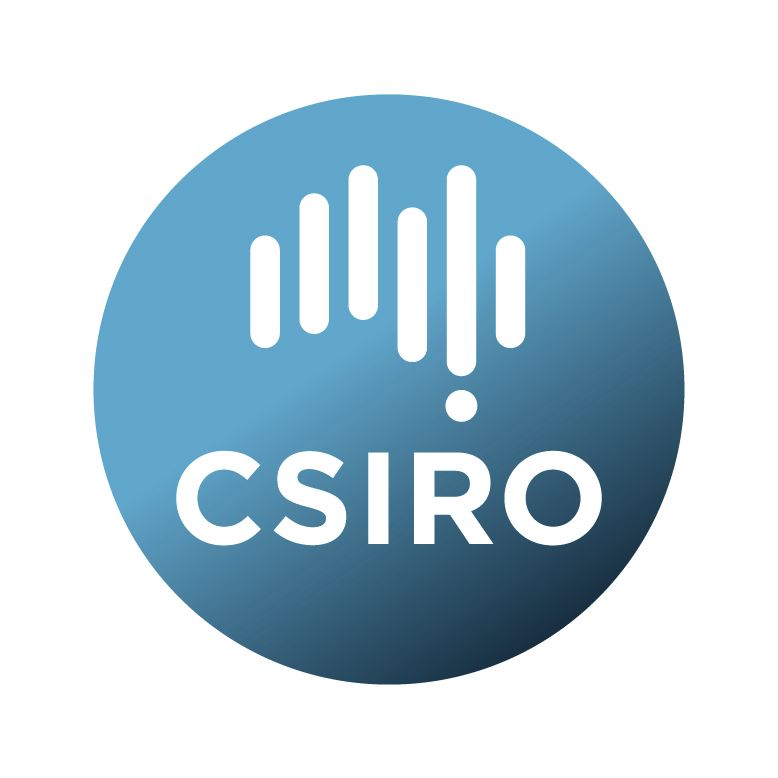Brief description
SUPERB is a large-scale survey for pulsars and extragalactic radio bursts. It will uses optimised GPU codes to search for pulsars and fast radio bursts (FRBs), making discoveries in real time. Handling our data as it comes in is essential for the SKA Phase I era so this work applies directly to the high-data rates of next generation telescopes. The pulsars discovered will enable studies of the interstellar medium, allow us to more accurately constrain the MSP luminosity function (which informs estimates of the SKA yield of MSPs), tests of theories of gravity and several will contribute to the precision timing projects of the PPTA. The FRBs discovered will have much more associated information than all previous detections. Firstly the discovery lag will be ~1 second, rather than months/years. The Parkes observations will be shadowed by the Molonglo telescope to allow, for the first time, localisation of FRBs, and a host of optical and high-energy telescopes will then be triggered as appropriate. This is key for identifying FRB host galaxies, so as to solve the mystery of their progenitors. The survey will discover ~20 MSPs, ~100 slower pulsars and ~10 FRBs.Available: 2015-10-23
Data time period: 2015-04-01 to 2015-09-30
Subjects
Astronomical Sciences |
Astronomical Sciences Not Elsewhere Classified |
BPSR |
Physical Sciences |
compact binaries and/or black-holes |
interstellar medium in and around the Milky Way |
neutron stars |
pulsars |
User Contributed Tags
Login to tag this record with meaningful keywords to make it easier to discover


